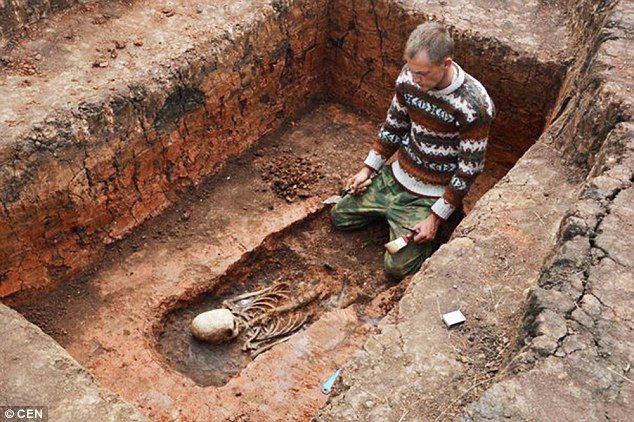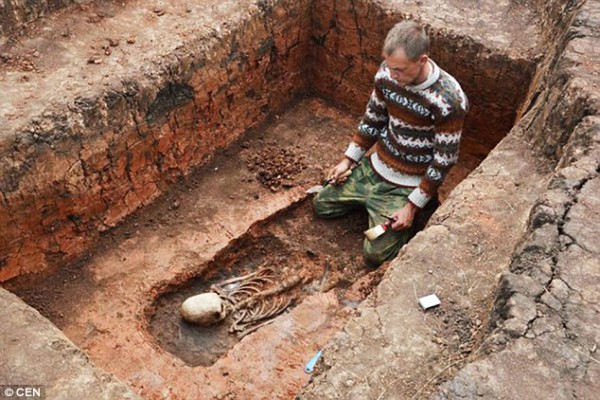Arkaim, considered the Stonehenge of Russia, is a site of many mysteries and speculation since its discovery in 1987.
Another such mystery has developed since the discovery of a skeleton with an elongated skull at the site. However, archaeologists have both revealed the truth behind the mystery and silenced UFO truthers by announcing that the skeleton actually belonged to a 2,000-year-old woman.
The elongation of the skull is the result of the practise of binding the heads of children of an ancient tribe that had settled in parts of now modern-day Ukraine.
Researcher Maria Makurova said, “I would not exclude the possibility that the skeleton belongs to a woman from the Sarmati tribe that lived in the territories of what is now modern day Ukraine, Kazakhstan, and southern Russia.” Makurova shared that they were still trying to determine the reason behind why the tribe tied the heads with rope and refused to comment on any alien speculation. (Mail Online)
The researchers theorised that the woman lived around 2,000 years ago, that is between the second and third century CE. This puts the age of her skeleton much later than the construction of the site at Arkaim, which is dated around seventeenth century BCE.
Though always compared to Stonehenge in England, researchers believe that Arkaim is much more advanced than the English site. Both these structures are believed to have been used for studying stars. The people who built these sites observed events in the sky and tracked the stars using certain elements and positions of the sites.
According to Russian archaeologist K. K. Bystrushkin, the Arkaim can be used to make observations that are more accurate than the Stonehenge. The Arkaim uses 30 elements to observe up to 18 phenomena to the accuracy of one-arc minute while the Stonehenge uses 22 elements to observe up to 10 phenomena to the accuracy of only 10-arc minutes.
The site of the Arkaim boasted both an astronomical observatory and a settlement covering an area of 20,439 square metres. The settlement was well-organised with streets, a central community square, and dwellings arranged in two concentric circles.

